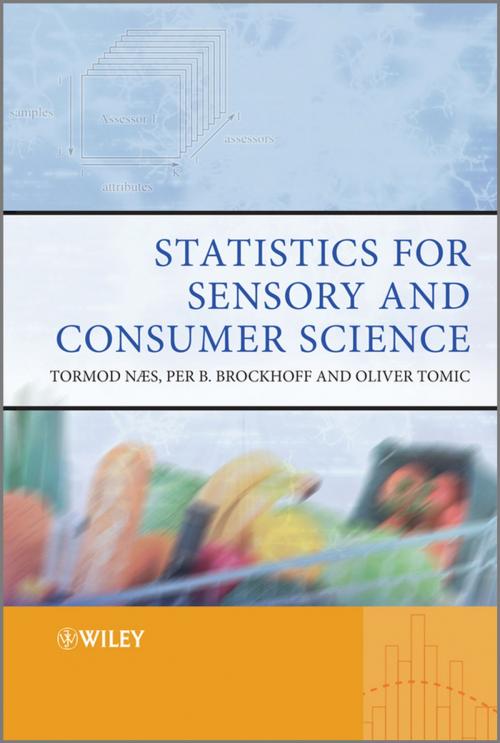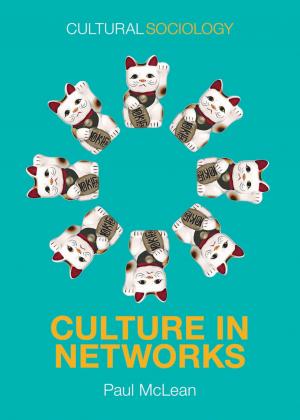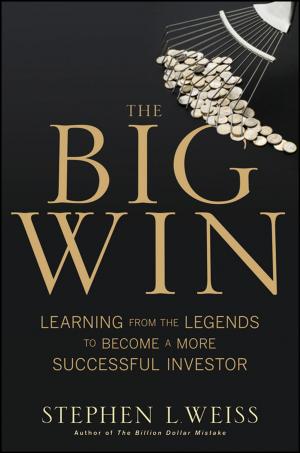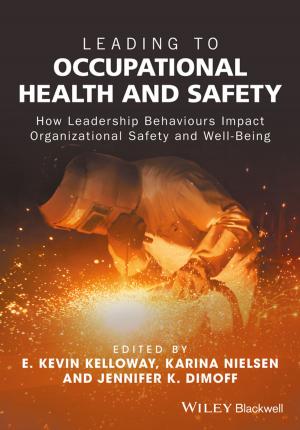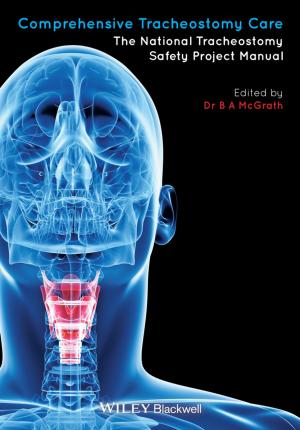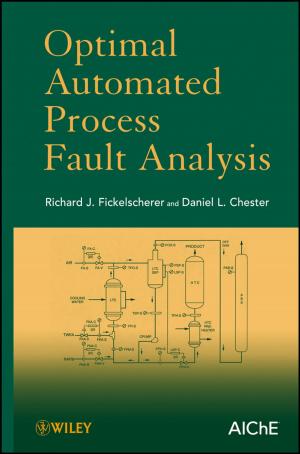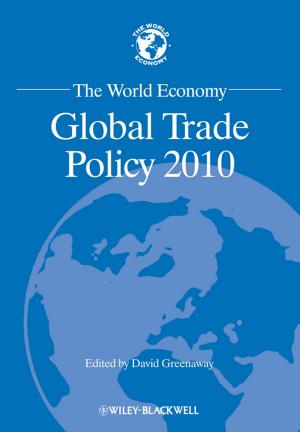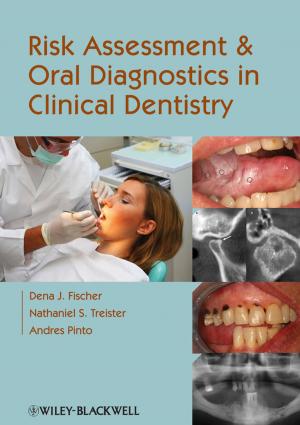Statistics for Sensory and Consumer Science
Nonfiction, Science & Nature, Technology, Food Industry & Science| Author: | Oliver Tomic, Tormod Næs, Per Bruun Brockhoff | ISBN: | 9781119957249 |
| Publisher: | Wiley | Publication: | June 20, 2011 |
| Imprint: | Wiley | Language: | English |
| Author: | Oliver Tomic, Tormod Næs, Per Bruun Brockhoff |
| ISBN: | 9781119957249 |
| Publisher: | Wiley |
| Publication: | June 20, 2011 |
| Imprint: | Wiley |
| Language: | English |
As we move further into the 21st Century, sensory and consumer studies continue to develop, playing an important role in food science and industry. These studies are crucial for understanding the relation between food properties on one side and human liking and buying behaviour on the other.
This book by a group of established scientists gives a comprehensive, up-to-date overview of the most common statistical methods for handling data from both trained sensory panels and consumer studies of food.
It presents the topic in two distinct sections: problem-orientated (Part I) and method orientated (Part II), making it to appropriate for people at different levels with respect to their statistical skills.
This book succesfully:
- Makes a clear distinction between studies using a trained sensory panel and studies using consumers.
- Concentrates on experimental studies with focus on how sensory assessors or consumers perceive and assess various product properties.
- Focuses on relationships between methods and techniques and on considering all of them as special cases of more general statistical methodologies
It is assumed that the reader has a basic knowledge of statistics and the most important data collection methods within sensory and consumer science.
This text is aimed at food scientists and food engineers working in research and industry, as well as food science students at master and PhD level. In addition, applied statisticians with special interest in food science will also find relevant information within the book.
As we move further into the 21st Century, sensory and consumer studies continue to develop, playing an important role in food science and industry. These studies are crucial for understanding the relation between food properties on one side and human liking and buying behaviour on the other.
This book by a group of established scientists gives a comprehensive, up-to-date overview of the most common statistical methods for handling data from both trained sensory panels and consumer studies of food.
It presents the topic in two distinct sections: problem-orientated (Part I) and method orientated (Part II), making it to appropriate for people at different levels with respect to their statistical skills.
This book succesfully:
- Makes a clear distinction between studies using a trained sensory panel and studies using consumers.
- Concentrates on experimental studies with focus on how sensory assessors or consumers perceive and assess various product properties.
- Focuses on relationships between methods and techniques and on considering all of them as special cases of more general statistical methodologies
It is assumed that the reader has a basic knowledge of statistics and the most important data collection methods within sensory and consumer science.
This text is aimed at food scientists and food engineers working in research and industry, as well as food science students at master and PhD level. In addition, applied statisticians with special interest in food science will also find relevant information within the book.
